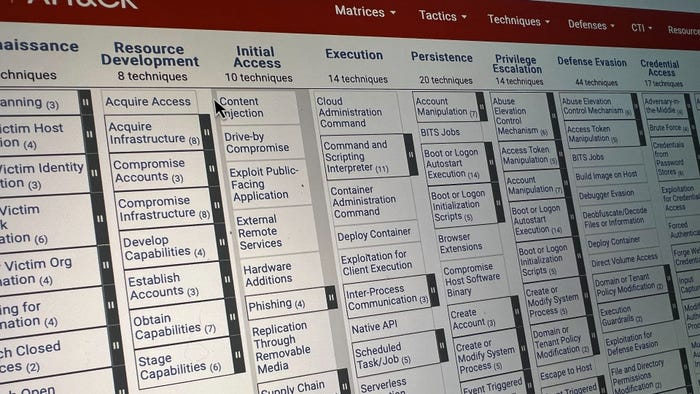Inconsistent API Security Puts App Economy At RiskInconsistent API Security Puts App Economy At Risk
Better ownership and accountability needed in security APIs, report finds.
April 7, 2016

As APIs increasingly serve as the essential glue in today's app economy, many enterprises are struggling to keep pace with a consistent API-security strategy, according to a survey out today by Ovum on behalf of Distil Networks. And with many APIs intentionally made public to the outside world, a lack of a singular strategy could be adding undue risk in the wake of innovation and open development communities.
“The use of APIs to enable applications to interact across single and multiple infrastructures is skyrocketing and innovation is being fueled by companies finding new ways to monetize their software assets by exposing APIs to outside developers,” says Rik Turner, senior analyst at Ovum. “However, exposing APIs to developers outside the company creates significant risk and APIs are becoming a growing target for cyber criminals."
Conducted among 100 midmarket and enterprise firms across North America, Europe, and Asia, the survey found that at least 40% of organizations were maintaining, building, or publishing 25 or more APIs. About one in five said they were running more than 50. Ovum reported that the vast majority of APIs respondents build and maintain are public, with interfaces exposed to developers outside the company. This largely comes from the fact that the majority of API initiatives are driven either to enable an external developer ecosystem or to establish partner connectivity with their software assets.
On the plus side, 87% of organizations say they have some sort of API management system in place. However, digging further into the efficacy of those systems showed that their results have proven uneven at best. Hardly surprising, considering that 63% of respondents reported running home-grown in-house platforms rather than a third-party commercial platform.
For example, the practice of rate limiting--often viewed as a fundamental API security function--was enabled by fewer than half of systems in place. About two-thirds of respondents say their organizations spend over 20 hours a month managing API rate limiting.
Meanwhile, when questioned on four major API attack vectors--API malicious usage, API developer errors, automated API scraping and Web and mobile API hijacking, fewer than a quarter of systems in place have the capability of protecting against them all.
"Most of them are using some form of API management platform, and the majority of platforms in use provide some level of security capability," the report explained. "However, there is by no means blanket coverage of all aspects of API security by all platforms."
More disconcerting to Ovum is the fact that there is no clear sense of ownership by security teams over API security. Around 47% of shops report that API security is the developers' responsibility. And in many of those instances, 41% of the time, the security team is not consulted until well after the API has been designed and developed.
"CIOs and CISOs must get a handle on how the security of their companies' APIs is handled and determine whether the current process is appropriate," the report said. "If they choose to leave ultimate responsibility for it with the developers, they should at least make sure that the IT security team within their organization is consulted as early as possible in the development process."

Gain insight into the latest threats and emerging best practices for managing them. Attend the Security Track at Interop Las Vegas, May 2-6. Register now!
About the Author
You May Also Like
Uncovering Threats to Your Mainframe & How to Keep Host Access Secure
Feb 13, 2025Securing the Remote Workforce
Feb 20, 2025Emerging Technologies and Their Impact on CISO Strategies
Feb 25, 2025How CISOs Navigate the Regulatory and Compliance Maze
Feb 26, 2025Where Does Outsourcing Make Sense for Your Organization?
Feb 27, 2025




